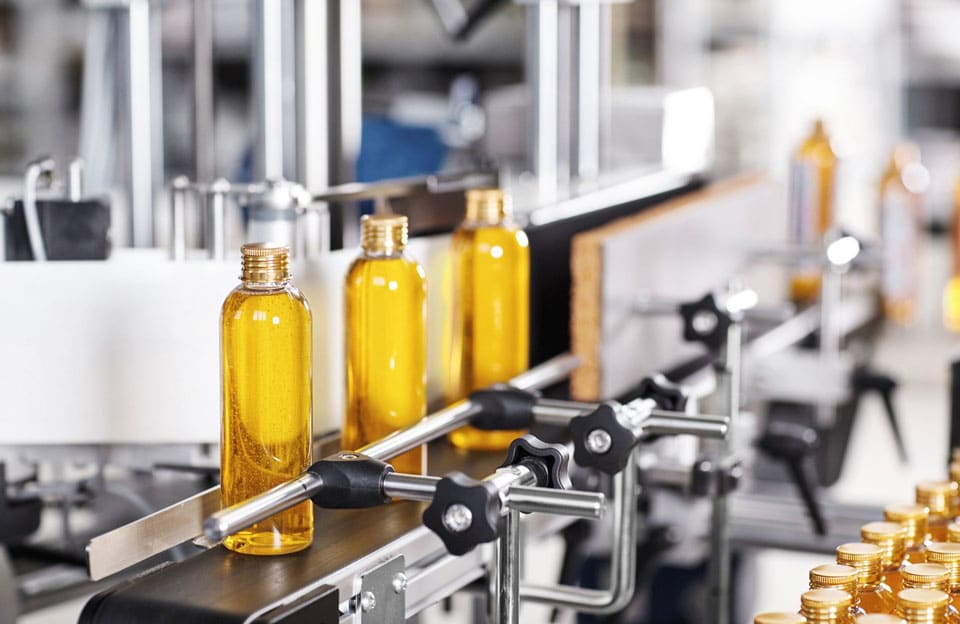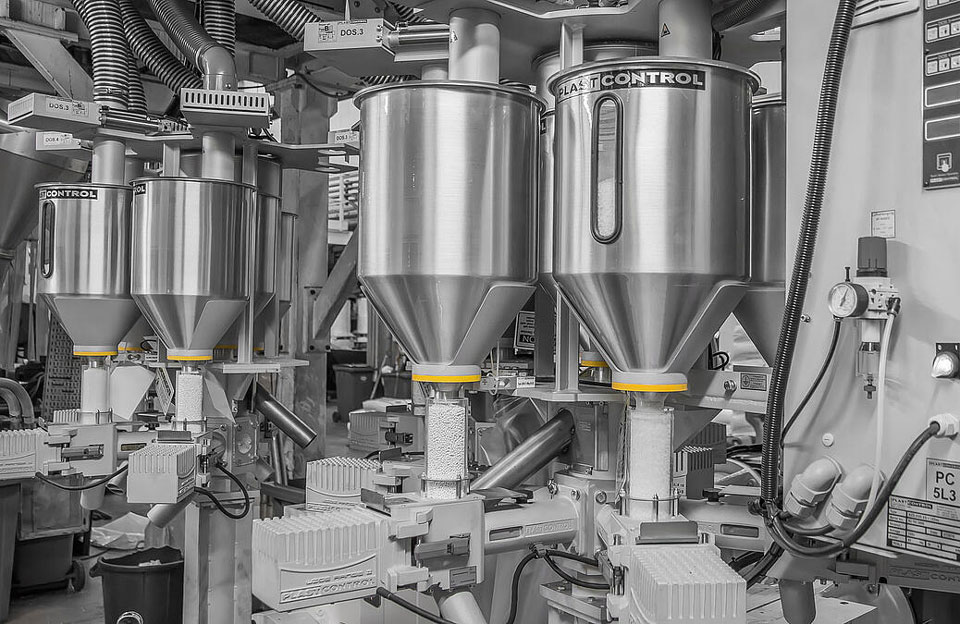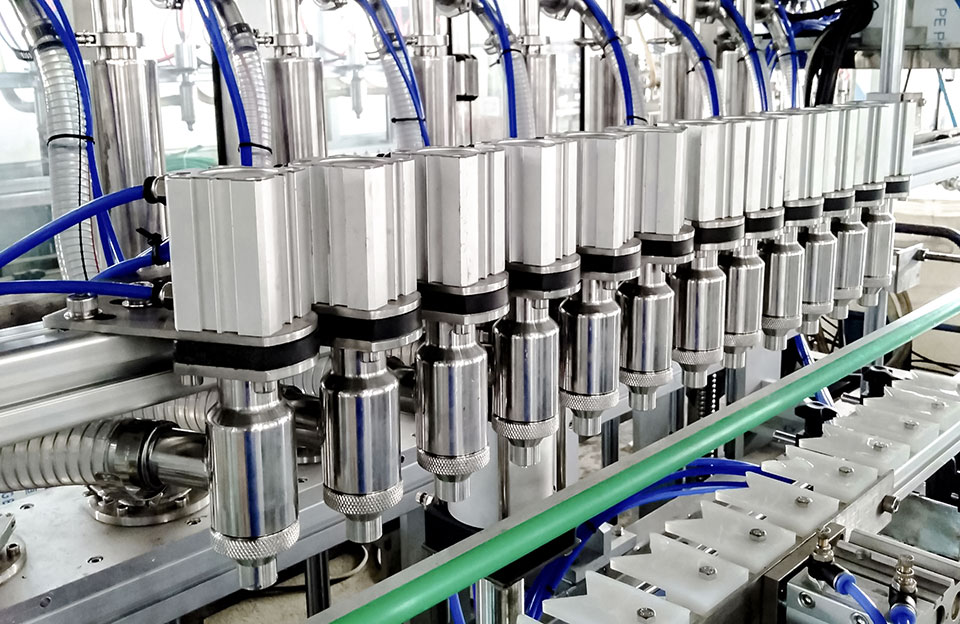Market Share of Filling Machine:
The global filling machine market size was valued at 5.38 billion US dollars in 2019 and is expected to reach 7.03 billion US dollars by 2027. Filling machines are mainly used in industries such as filling food and beverages, as well as chemicals and pharmaceuticals, realizing the standardization and modularization of packaging. Due to the rising industrial development and increasing purchasing power in developing countries, the filling machine market will continue to expand. For example, South Asia accounted for $7084.5 in 2018, and East Asia Pacific accounted for $19329.8.
Types of Filling Machines:
- Powder Filling Machine: it is suitable for automatic quantitative filling of bagged, barreled, and filled powder products, such as spices, flour, baking mix, coffee, protein powder, medicine powder, and other powder or other fine particles. The filling metering device adopts screw quantification, and the metering screw of different specifications can be replaced according to the filling volume. The quantitative measurement of the screw is accurate, the filling speed is fast and the efficiency is high. The control mode is displayed by PC and LCD touch screen in Chinese and English, and the adjustment parameter settings of various products with different specifications can be stored. Later, you can switch programs as needed, and the whole machine’s performance is even better.
- Liquid Filling Machine: it is suitable for the filling production of products in many industries, such as the chemical industry, polyurethane, glue coating, ink, and other industries. The amount of filling can be adjusted to the required filling volume and then fine-tuned to achieve the ideal filling measurement accuracy. In addition, the mechanical seal plus vacuum suction can also achieve double anti-drip. It can also be combined with an automatic capping machine, an automatic aluminum foil sealing machine, and an automatic labeling machine to form a fully automatic liquid filling line to realize full automation of filling production.
- Granular Filling Machine: it is mainly suitable for linear weighing and quantitative filling of granular, mixed granular, powder, strip, block, and other materials, such as fertilizer, feed, Chinese herbal medicine, Chinese medicine granules, premix, washing powder, snack food, candy, melon seeds, salt, and other granular materials. The granule filling machine has a double-tube weighing device per weighing hopper, which is fast and ensures consistent and accurate filling of granules into the container.
- Paste Filling Machine: it is designed to handle dense materials such as sauces, condiments, creams, gels, pastes, and other viscous substances. For more viscous paste, it can be added to the hopper. Paste filling machines use specialized filling mechanisms to accurately dispense paste into containers without clogging or dripping.
- Solid Filling Machine: it is used to fill solid objects or lumps into containers, such as tablets, capsules, candies, small hardware and other solid products, mainly used in glass bottles, tinplate cans, plastic Containers such as cans and jars. Solids filling machines typically employ a counting mechanism or weighing scales to ensure the correct amount of solid item is filled into each container.
Tips for Choosing a Filling Machine:
Selecting the right filling machine is critical to ensuring efficient and accurate filling operations. Here are some tips to consider when choosing a filling machine:
- Consider Production Capacity: Depending on the type of filling machine, the filling speed may vary. Evaluate your production requirements, including desired output and production speed. Choose a filling machine to handle your expected production volumes and keep up with your required production rates.
- Assess Filling Accuracy: Filling accuracy is critical to maintaining product consistency and reducing waste. According to the specific filling needs, look for a filling machine that can provide accurate volume control to meet the requirements for liquid filling accuracy. If the requirements are higher, servo control can be selected to achieve the accuracy of filling and its ability to maintain a consistent filling level.
- Ensure Compatibility with the Product: Different products have different requirements for filling. Certain products may require special handling due to their temperature sensitivity, foaming properties, or perishable nature. Filling machines are chosen to be compatible with the product and able to handle any unique requirements for filling.
- Consider the Packaging Format: It should first be compatible with the packaging format you need, whether it is a bottle, bag, jar, or another container, and at the same time, consider the size, shape, and closure type of the container. Secondly, the filling machine should be able to flexibly adapt to different packaging formats.
- Assess Ease of Operation and Maintenance: Look for a user-friendly filling machine that is easy to set up and operate. Consider the level of automation and control capabilities a filling machine can provide. Also, evaluate the ease of cleaning the filling machine, maintenance requirements and availability of spare parts or technical support.
- Quality and Reliability: Buy a filling machine from a reputed manufacturer known for its quality and reliability. Choose models with mature technology and stable quality to make packaging faster and more stable, with low energy consumption, manual work, and scrap rate. Also read customer reviews and user feedback, and consider the machine’s durability and the business’s industry track record.
- Cost and Return on Investment: Determine your budget and evaluate the overall cost-effectiveness of your filling machine. Consider the initial purchase price and factors such as long-term operating costs, maintenance expenses, and potential rate of return based on increased efficiency and productivity. The filling machine is consumable equipment. If you buy a low-quality machine, the packaging film that will be wasted in daily production in the future will not be a small amount.
Conclusion:
The manual operation has been minimized in the market, and the filling machine can increase the throughput through its flexibility, so that the replacement of packaging can be easily realized. Automatic filling machines are emerging as a key market trend as filling machines are standardized and modular in design to minimize scrap by providing greater precision and consistency.


